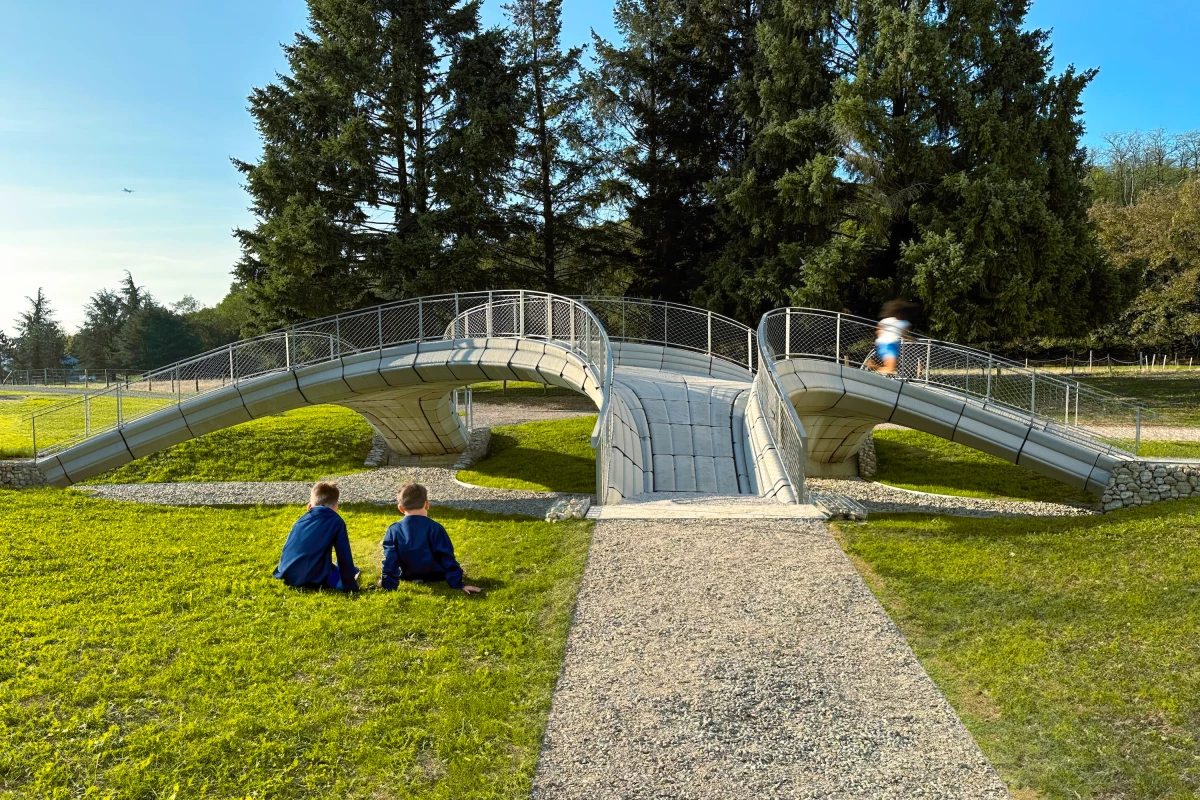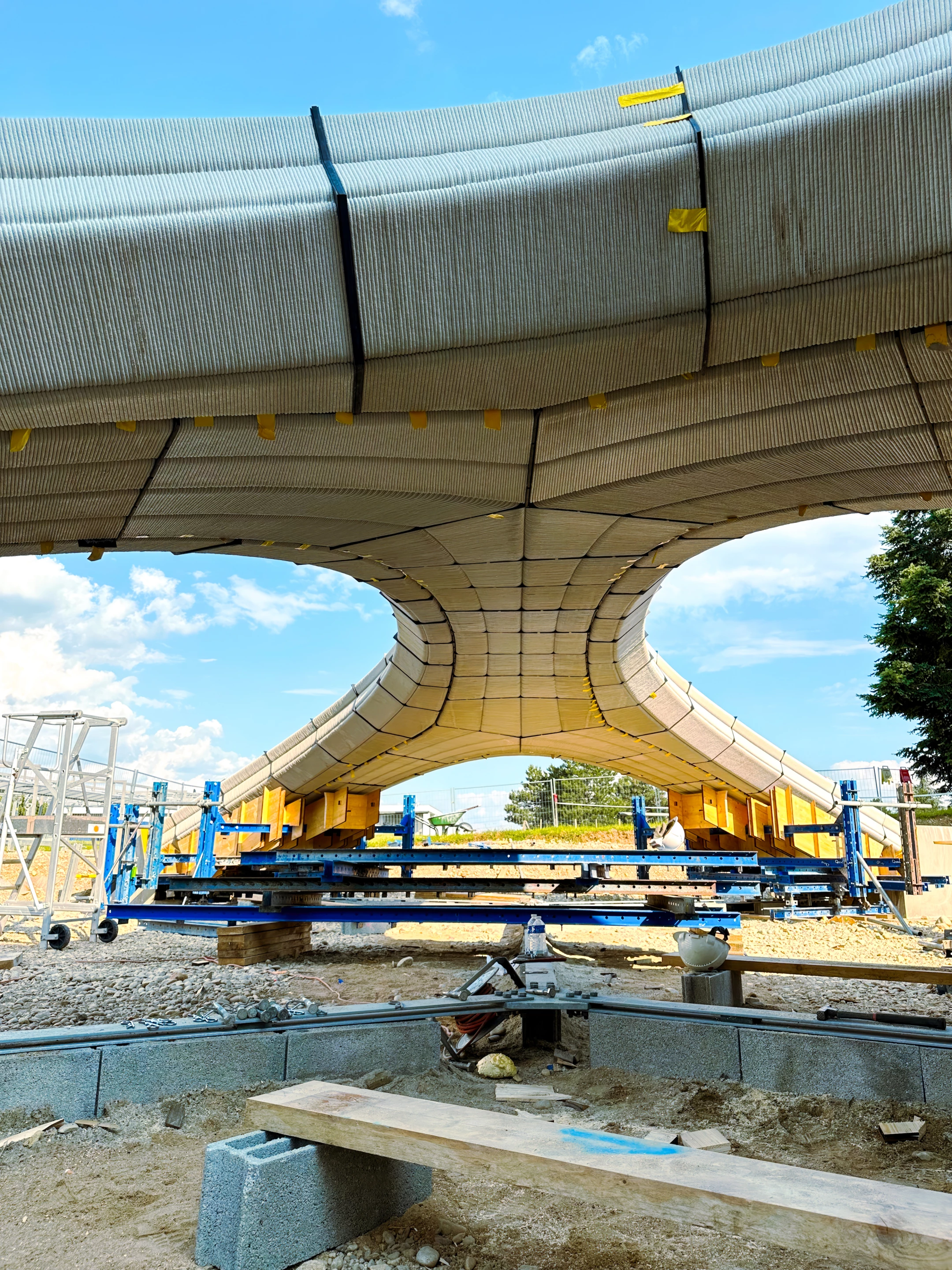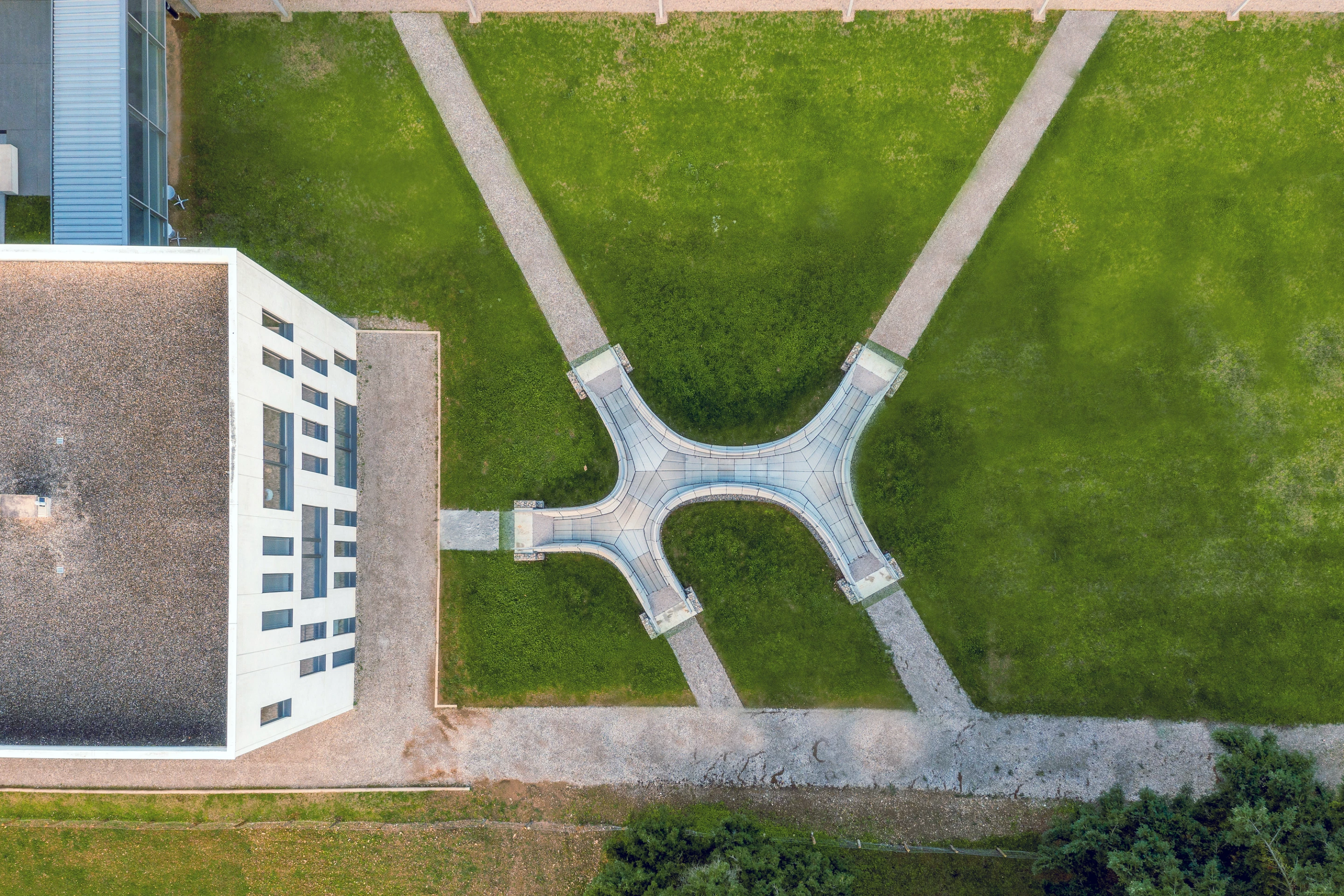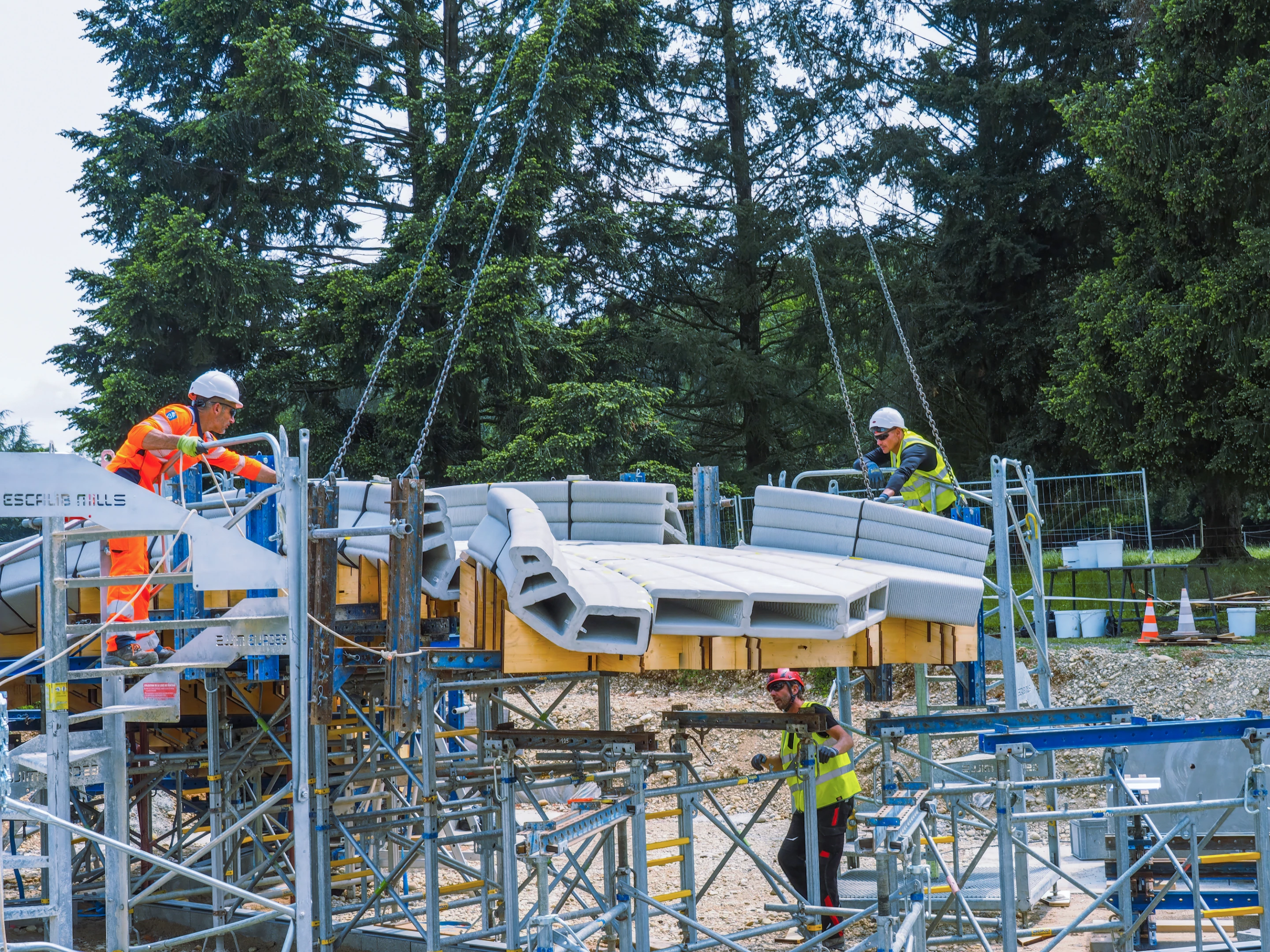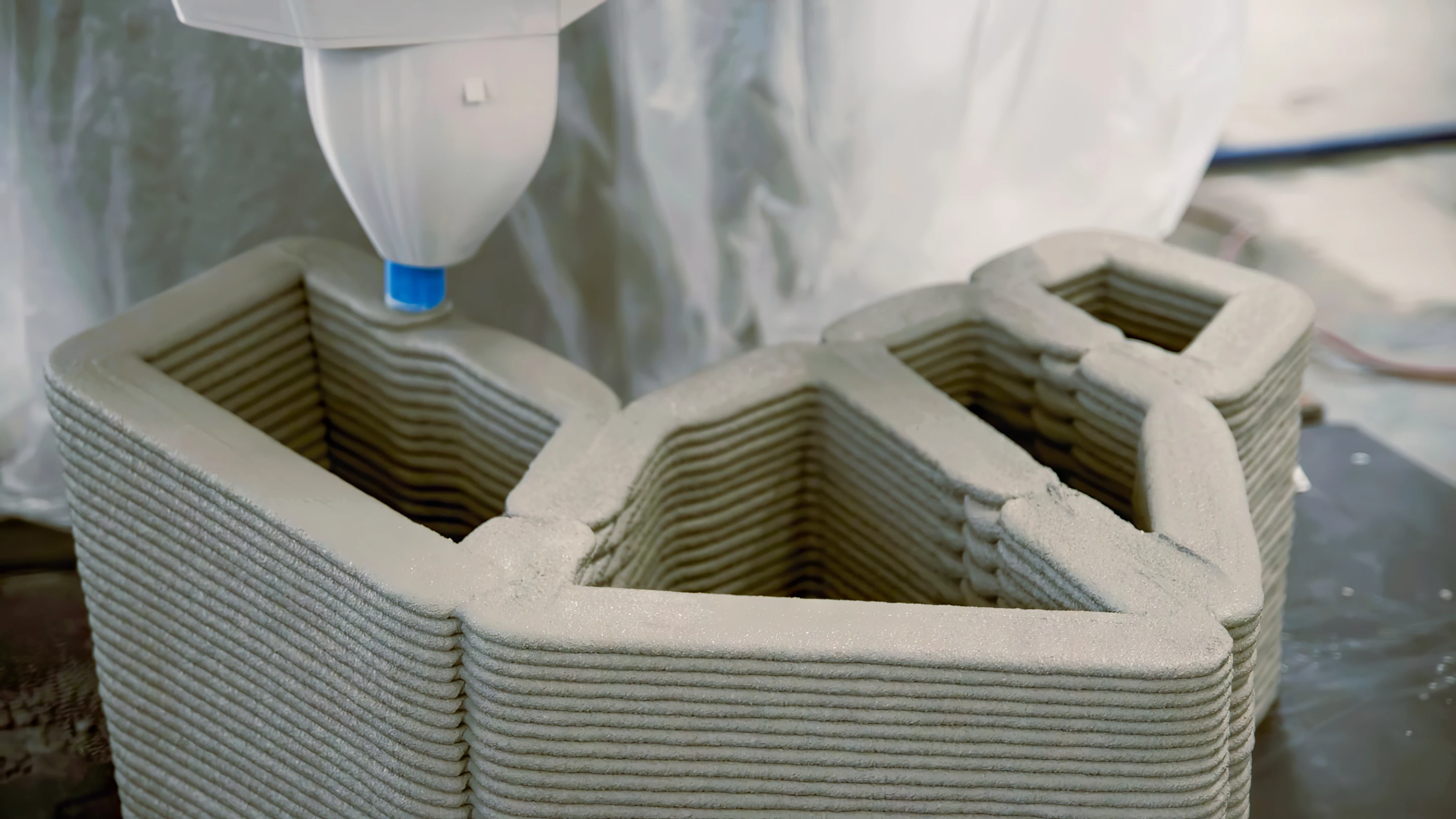Humans have been building walls, bridges, and other structures without any steel or mortar reinforcement for a long time. A team led by Holcim has put a 3D-printed spin on the idea, and hopes to use it to revolutionize modern sustainable infrastructure.
The project, named Phoenix, is a new iteration on the previously revealed Striatus bridge, and was developed by Holcim, with the Block Research Group at ETH Zurich, Zaha Hadid Architects Computation and Design Group, and Incremental3D.
It reaches a maximum height of 2.6 m (8.5 ft) and its longest span is 17 m (55 ft). How it works is, the bridge's building blocks were created using a 3D printer, which extruded a cement-based mixture in layers to built up the blocks' structure, following an exact computer-made plan. Boosting its green cred further, the cement mixture incorporated 10 tons of recycled materials, including much of the original Stratius bridge.
The blocks were then arranged into the correct position so that compression from their geometry and the bridge's abutments hold everything together firmly in place. This makes for a far more efficient structure that uses up to 50% less building materials compared to a standard bridge and, of course, is much easier to disassemble and recycle if required.
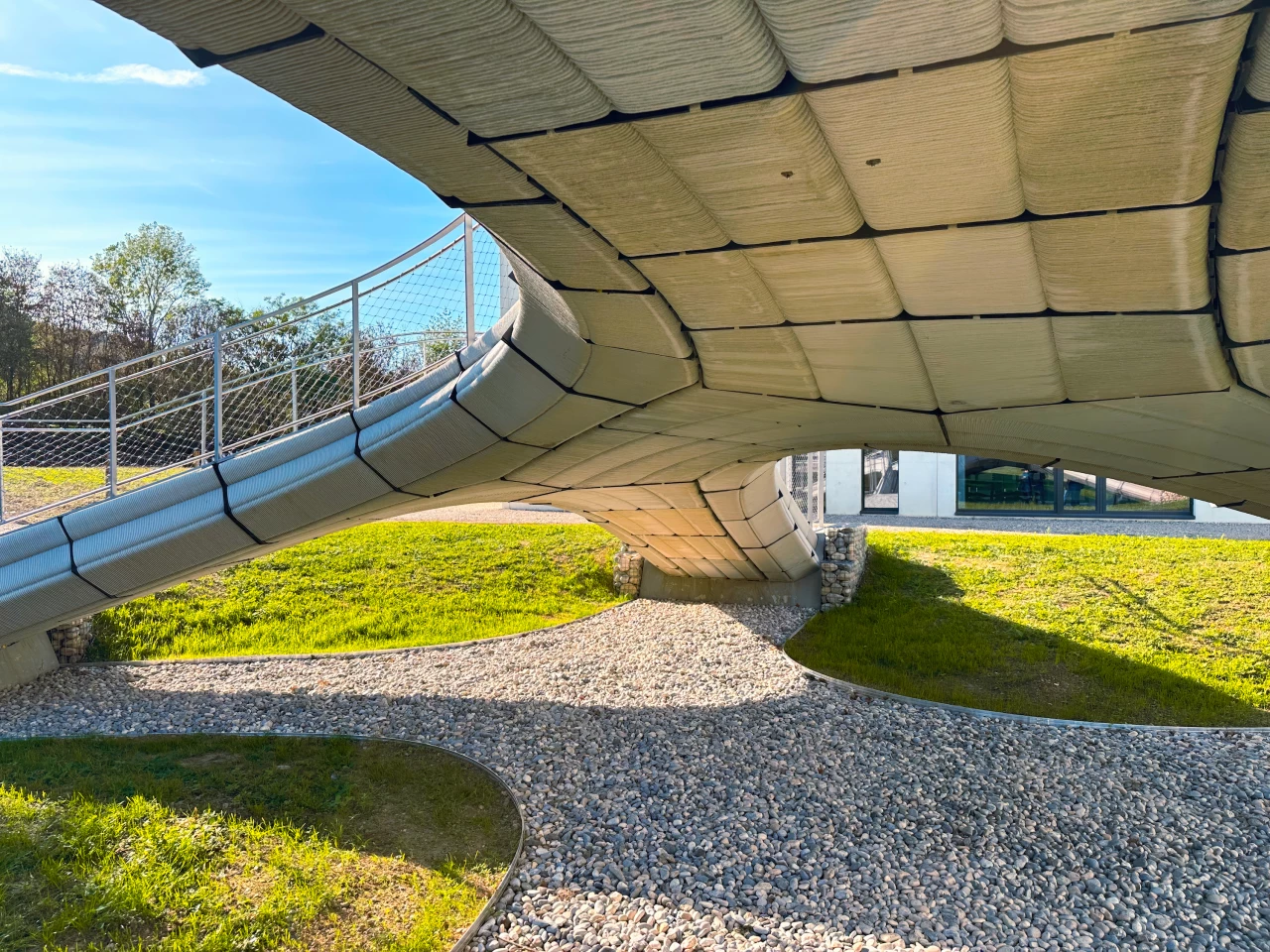
"Concrete is an artificial stone, and like stone, it does not want to be a straight beam, it wants to be a masonry arch," explained Philippe Block, Co-Director, Block Research Group at ETH Zurich. "Following these historical principles allows us to keep materials separated for easy recycling and to dry-assemble the structure for easy deconstruction and reuse. 3D concrete printing allows us to use material only and exactly where needed. The result is a sustainable and truly circular approach to concrete construction."
Looking to the future, Holcim and its partners are now further developing the Phoenix and exploring how it can be scaled up. Provencher Roy also recently produced an impressive recycled glass-based bridge in Canada, plus researchers in the Netherlands made one from flax.
Source: Holcim
